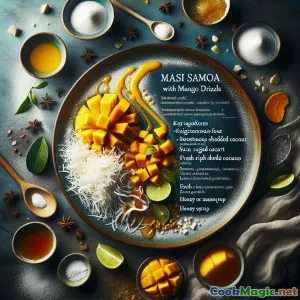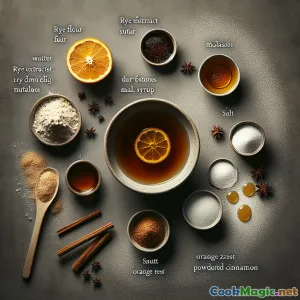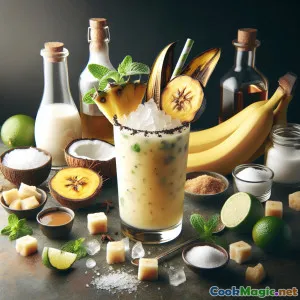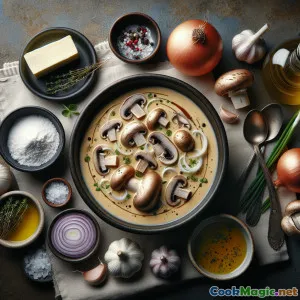Culinary Heritage of the Balkans
8 min read Explore the rich culinary heritage of the Balkans, delving into traditional flavors, cultural stories, and the vibrant food tapestry of the region. April 25, 2025 03:55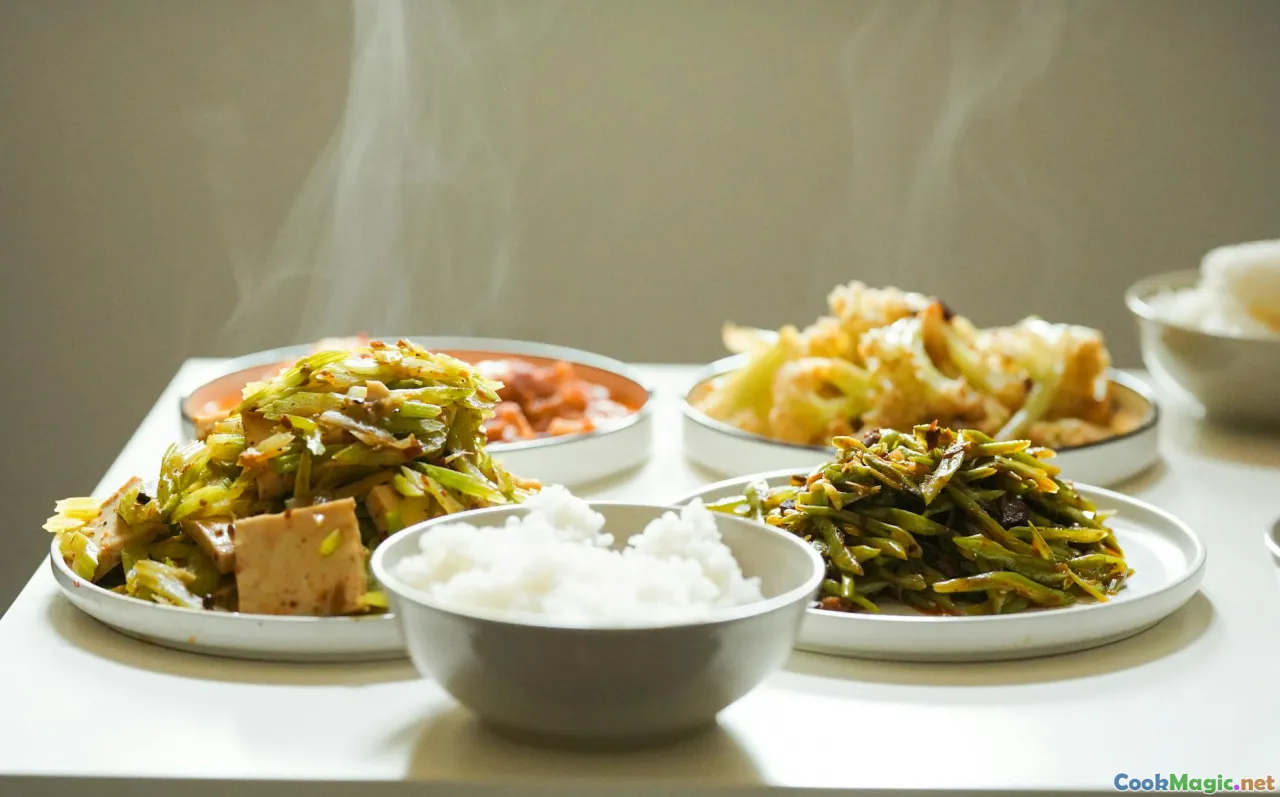
Culinary Heritage of the Balkans
Imagine standing at the crossroads of Europe and Asia, where rolling hills, rugged mountains, and ancient civilizations converge. It’s here, in the heart of the Balkans, that a culinary tapestry woven over centuries reveals itself—a mosaic of flavors, techniques, and traditions that tell stories of resilience, identity, and community. The Balkans’ cuisine isn’t merely about sustenance; it’s an expression of history, geography, and the soul of its people.
An Introduction: The Soul of Balkan Flavors
The Balkans is a region rich in cultural diversity, where influences from the Ottoman Empire, Austro-Hungarian monarchy, Mediterranean, and Slavic worlds collide and blend. This melting pot has given rise to a vibrant, complex cuisine that varies from country to country—each with its own signature dishes, ingredients, and culinary customs.
But what unites this diverse region? It’s the shared love for hearty, flavorful food that brings people together. It’s the aroma of grilled meats wafting through village streets, the tang of fermented vegetables, and the comforting warmth of bread fresh from the oven. To truly understand Balkan cuisine, one must experience it—taste it, smell it, feel it.
The Cultural and Historical Tapestry
Ottoman Influence and the Birth of Street Food
The Ottoman Empire’s rule over much of the Balkans left an indelible mark on its culinary landscape. Dishes like ćevapi—small grilled sausages seasoned with aromatic spices—and burek, a flaky pastry filled with meat or cheese, are quintessential Balkan street foods. The preparation of burek, often baked in large communal ovens, reflects centuries-old traditions of communal baking that foster social bonds.
Austro-Hungarian Legacies
In regions like Bosnia and Herzegovina, the Austro-Hungarian influence introduced baked goods, hearty stews, and sweet desserts such as krempita—a custard-filled pastry with a flaky crust. These dishes symbolize the region’s architectural and culinary fusion, blending Ottoman spices with Central European techniques.
Mediterranean and Slavic Flavors
Coastal areas, like Montenegro and Croatia, incorporate fresh seafood, olive oil, and herbs, echoing Mediterranean cuisine’s emphasis on simplicity and freshness. Meanwhile, inland regions favor robust stews and grilled meats flavored with paprika and garlic, typical of Slavic culinary traditions.
Signature Dishes and Ingredients
The Heart of Bosnian Cuisine
Bosnian cuisine stands out within the Balkan mosaic for its rich, comforting flavors and unique culinary techniques. It’s a cuisine born from necessity and celebration, from humble rural kitchens to grand Ottoman-influenced palaces. Ćevapi: These small, minced beef or lamb sausages are grilled to perfection, served with somun (flatbread), chopped onions, and a side of kajmak—a creamy, tangy dairy spread. The smoky aroma of grilled ćevapi, combined with the warmth of freshly baked bread, creates an irresistible sensory experience.Begova Čorba: A traditional Bosnian chicken and vegetable soup thickened with rice or barley, flavored with herbs and spices. It’s a comforting dish that embodies the region’s love for hearty, nurturing food. Burek: Flaky, golden pastry filled with minced meat, cheese, or spinach. The layers of phyllo dough give it a crispy texture, while the filling remains tender and flavorful.Tufahija: A sweet apple dessert stuffed with walnuts and topped with whipped cream, exemplifying the region’s penchant for combining fruit, nuts, and dairy.
Ingredients Central to Balkan Cooking
- Meat: Lamb, beef, and chicken are staples, often grilled or slow-cooked.
- Herbs & Spices: Garlic, paprika, black pepper, and sumac lend depth and warmth.
- Grains & Legumes: Rice, barley, beans, and lentils form the backbone of many stews and soups.
- Dairy: Yogurt, kajmak, and cheese are integral, adding creaminess and tang.
- Vegetables: Tomatoes, peppers, onions, eggplants, and potatoes are used extensively.
Culinary Techniques and Traditions
Slow Cooking and Grilling
Many Balkan dishes are prepared via slow cooking—stews simmered for hours to develop rich flavors, or grilled meats seasoned simply with salt and herbs. The open-flame grilling of ćevapi and skewers (ražnjići) epitomizes Balkan outdoor gatherings.
Fermentation and Preservation
Fermentation plays a vital role, especially in preserving vegetables and dairy. Sauerkraut, pickled peppers, and yogurt are daily staples that add depth and tang.
Baking and Pastry-Making
Baking bread and pastries is a communal activity passed down through generations. The use of phyllo dough in burek and baklava showcases intricate techniques that require patience and skill.
Personal Reflections and Cultural Significance
Growing up visiting Bosnia, I remember the smell of freshly baked burek wafting through the streets in the early morning. It was more than just food; it was a symbol of community, a reason to gather and share stories over steaming cups of Turkish coffee. The warmth of a Bosnian home is incomplete without the inviting aroma of slow-cooked stews or the laughter shared over a plate of ćevapi.
For Bosnians, food is a language of love, a connection to ancestors, and a celebration of resilience. Each dish tells a story—of Ottoman sultans, of village elders, of families united around a table.
Conclusion: A Culinary Journey Worth Taking
The culinary heritage of the Balkans is a testament to its history, diversity, and enduring spirit. It’s a region where every bite carries the weight of centuries and the promise of new traditions. Whether you are savoring the smoky complexity of grilled meats, the comforting richness of hearty stews, or the delicate sweetness of fruit desserts, you’re partaking in a living, breathing culinary story.
So, next time you indulge in a Bosnian burek or a plate of ćevapi, remember—you’re tasting a piece of the Balkan soul, a heritage that continues to thrive and inspire, one flavorful bite at a time.

